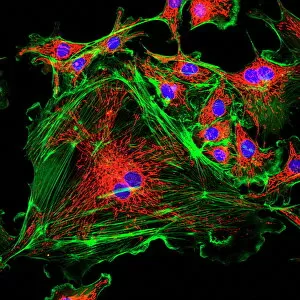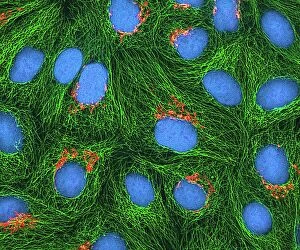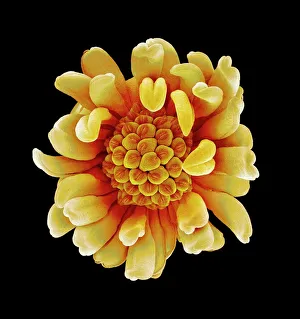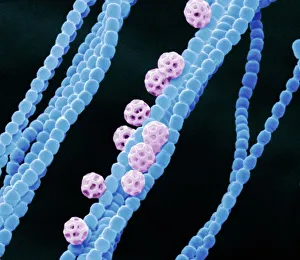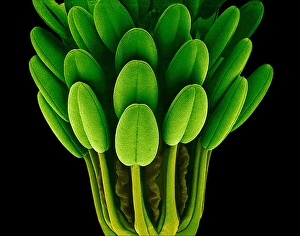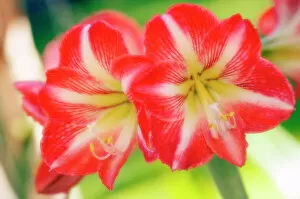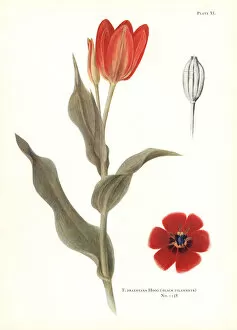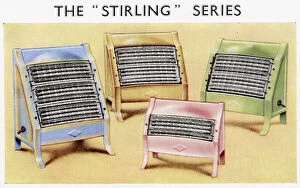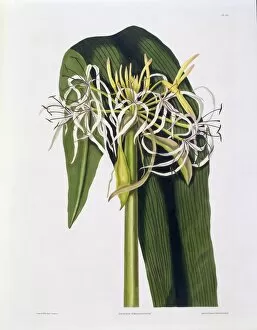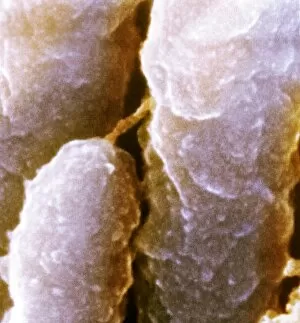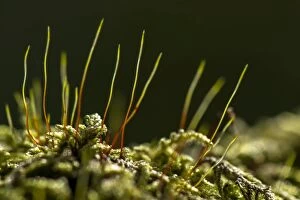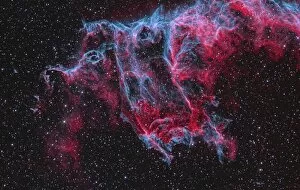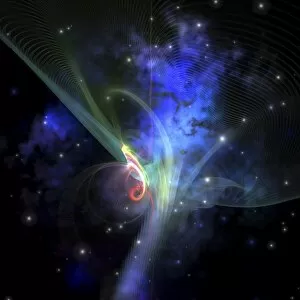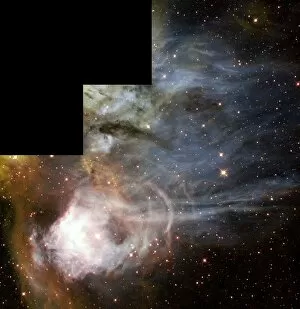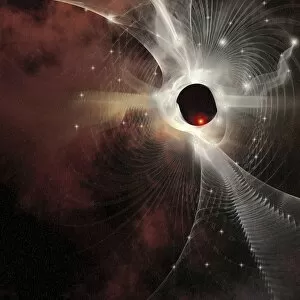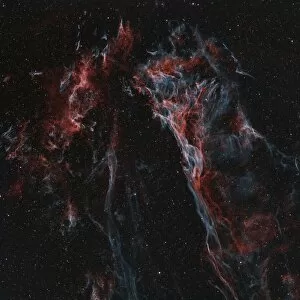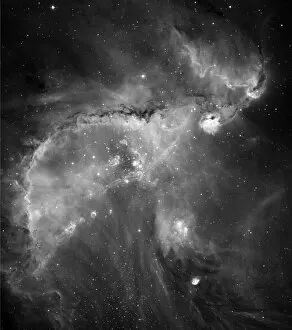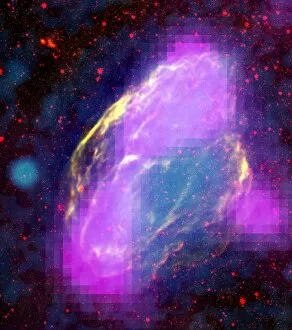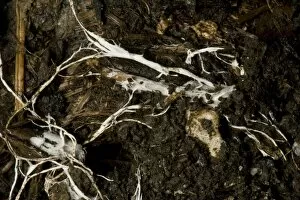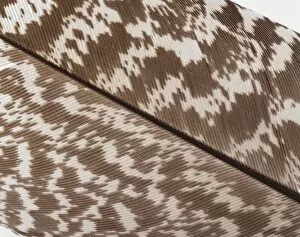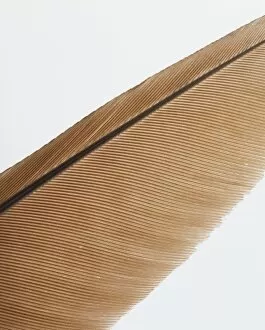Filaments Collection
"Unveiling the Intricate World of Filaments: From Cosmic Wonders to Cellular Marvels" The Crab Nebula, a celestial masterpiece
All Professionally Made to Order for Quick Shipping
"Unveiling the Intricate World of Filaments: From Cosmic Wonders to Cellular Marvels" The Crab Nebula, a celestial masterpiece, reveals its intricate filaments in this stunning composite image. Dive into the microscopic realm with HeLa cells captured under a light micrograph (C017/8299), showcasing their delicate filamentous structures. Explore the hidden beauty within cell structure as seen in another captivating light micrograph (C017/8298) of HeLa cells' fascinating filaments. Witness nature's artistry up close with tea flower stamens observed through scanning electron microscopy (SEM), displaying their fine and intricate filaments. Delicate and enchanting, buttercup flower petals reveal their mesmerizing filamental details when examined using SEM techniques. Unveiling the unseen world, cyanobacteria's intricate filament networks come to life through scanning electron microscopy (SEM). Discover the exquisite elegance of columbine flower stamens as SEM unveils their intricately woven filaments like delicate threads of nature's tapestry. Behold the vibrant Amaryllis (Hippeastrum sp. ) and its magnificent floral display where each petal showcases an array of beautiful intertwining filaments. NGC 6995, also known as the Bat Nebula, captivates us with its cosmic dance of glowing gas clouds intertwined by ethereal filaments stretching across vast distances in space. Peer deep into cellular architecture as skin cells are meticulously studied using transmission electron microscopy (TEM), revealing their complex network of interwoven filaments that provide structural support and resilience.



